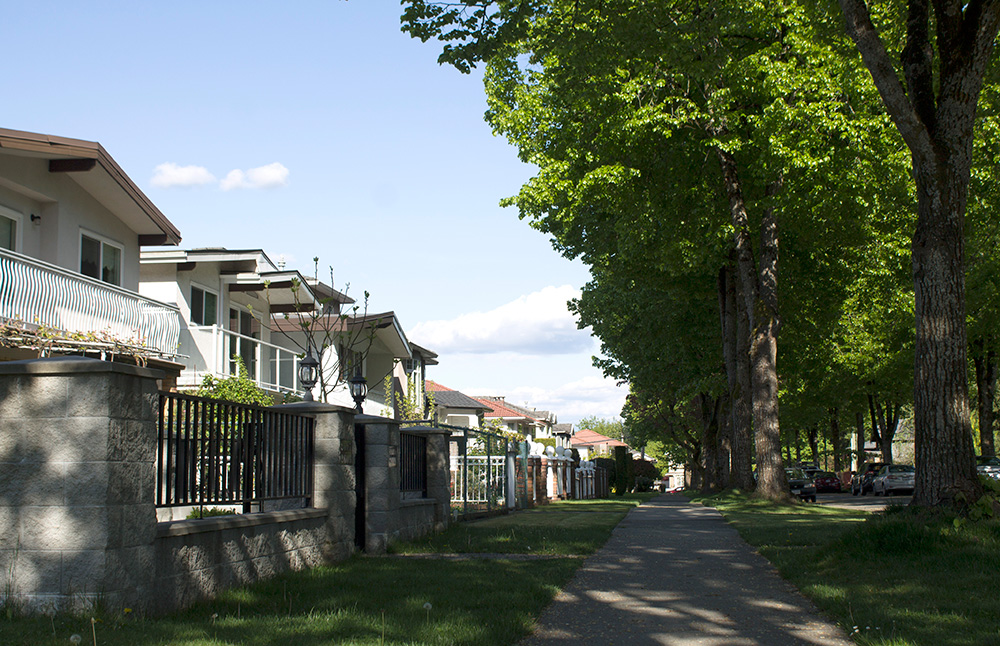Where Does Vancouver’s Urban Forest Need to Grow Next?
The city strategy faces a tricky challenge: inspiring the growth of trees on private land.

Over the last decade, the City of Vancouver has focused on growing the urban forest to combat tree loss and foster climate resiliency. But if that’s going to happen, the key will be promoting more trees on private land.
It’s an urgent priority for the city. Fewer trees means more exposure to air pollution, heat waves, flooding and other climate impacts.
Vancouver’s Urban Forest Strategy, launched in 2014, has mostly focused on what it can control — protecting existing trees from being cut down and planting new trees wherever it can — and it has seen some good success, hitting its original goal of planting 150,000 trees by 2020.
But that’s largely happened on public land.
Meanwhile, according to the city, the removal of trees on private land is responsible for reducing Vancouver’s urban forest from 22.5 per cent to 18 per cent between 1995 and 2014. Sixty-two per cent of the city’s trees were on private land at the time, the strategy noted.
A 2018 update to the strategy showed that while trees have increased on public property, in places like parks and on city streets, growth has still been declining on private land, where a third of the urban forest still remains.
In December 2020, the Vancouver Park Board set an admirable new goal for the strategy: to increase the canopy cover of the city’s urban forest from its current level of 23 per cent to 30 per cent by 2050.
But can that happen while trees on private land keep diminishing?
…click on the above link to read the rest of the article…